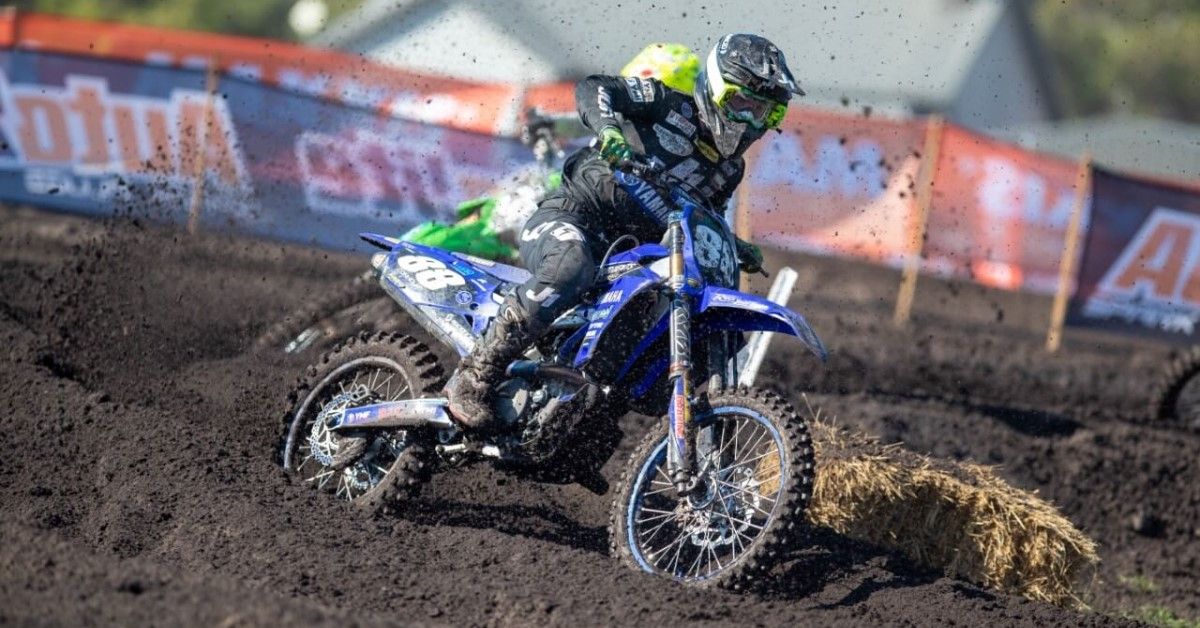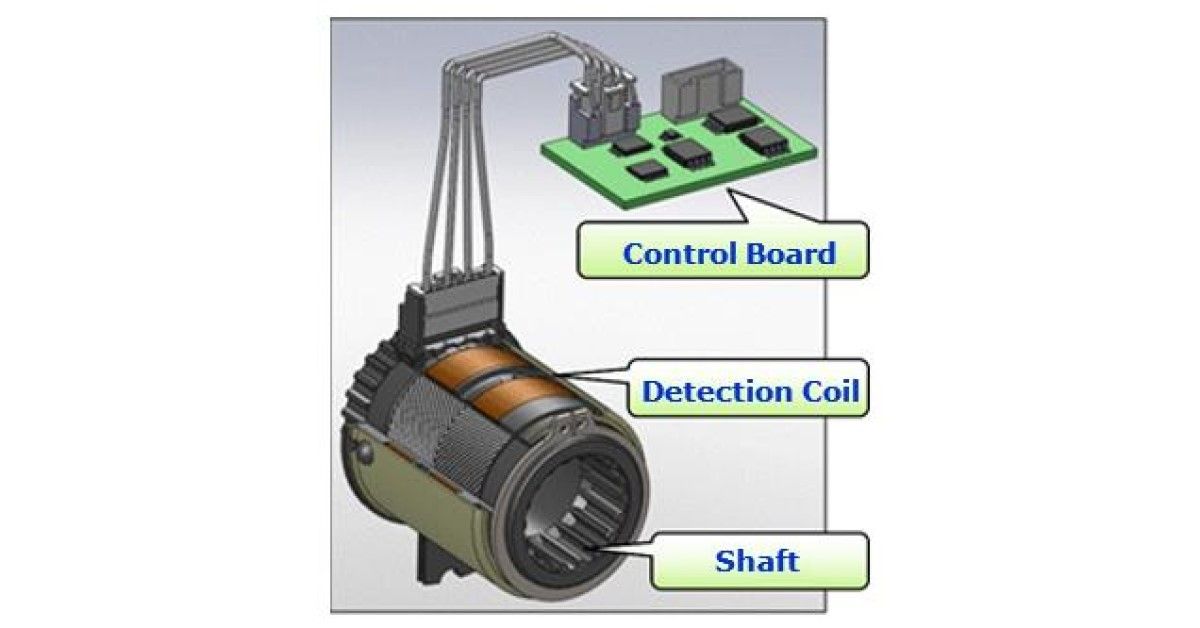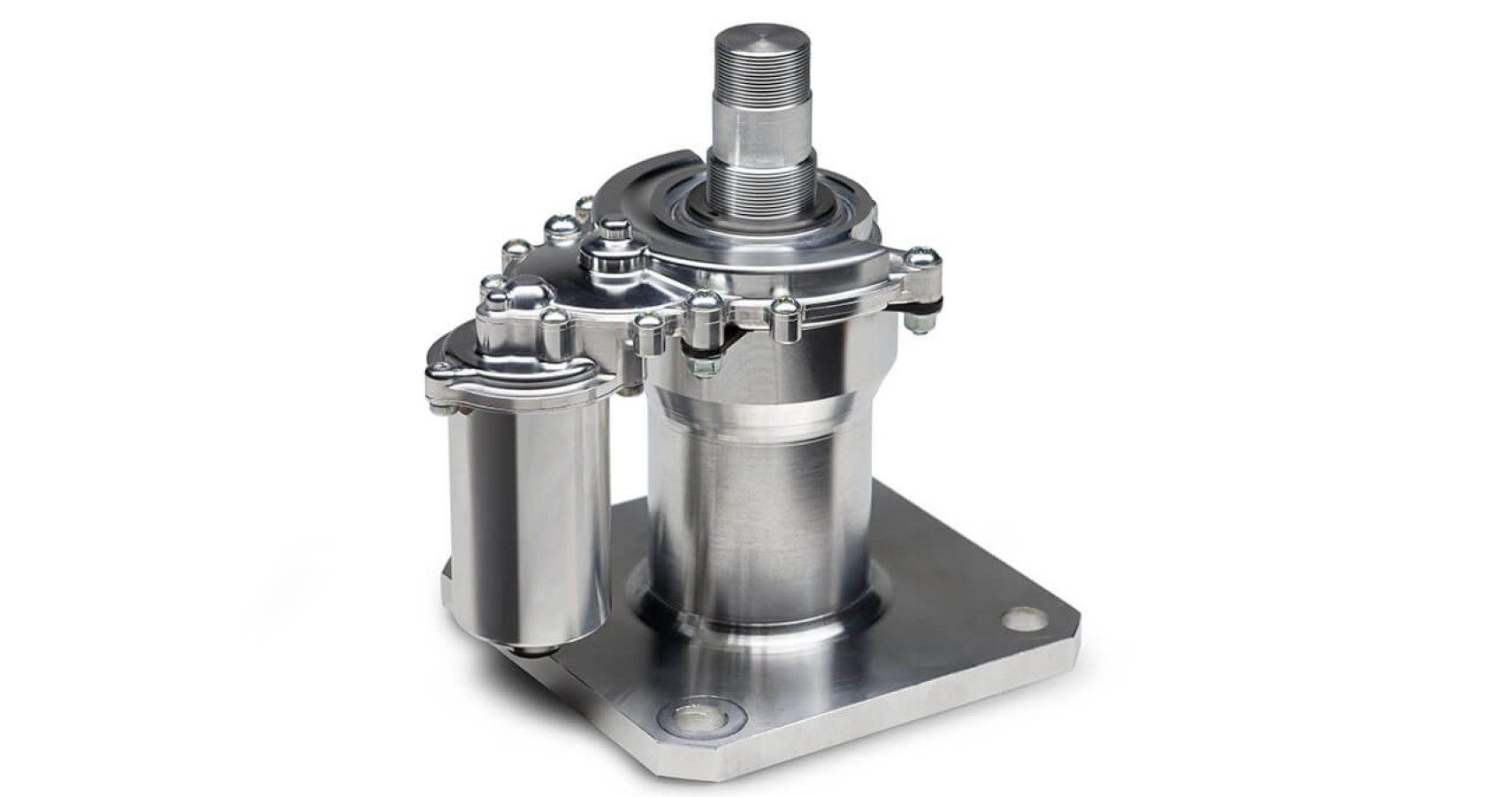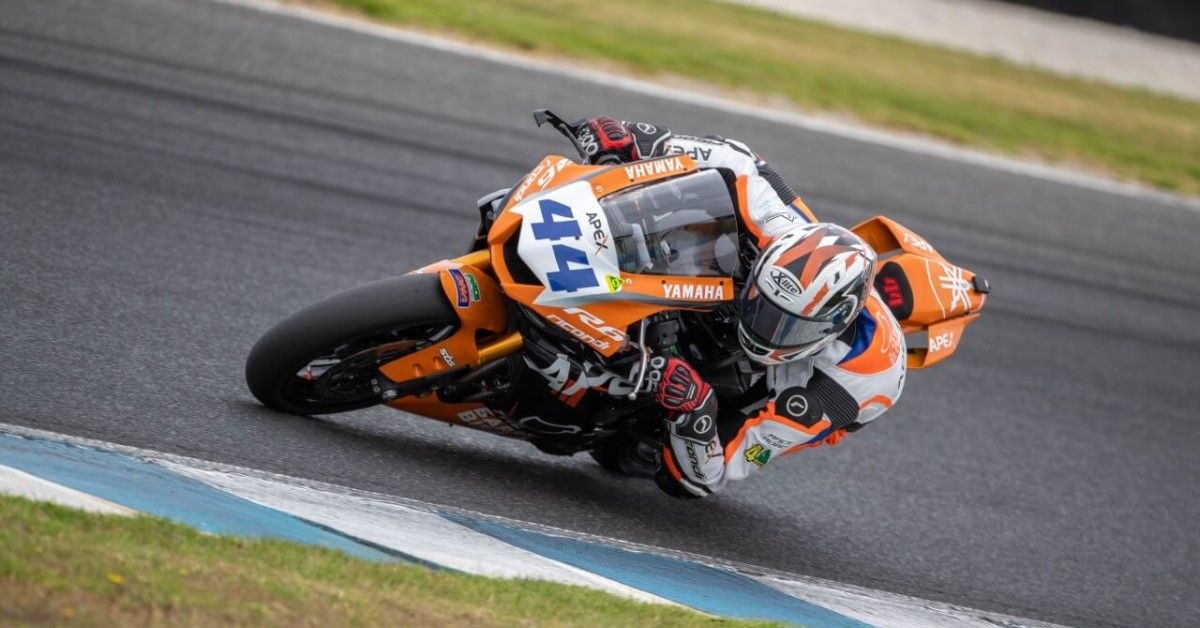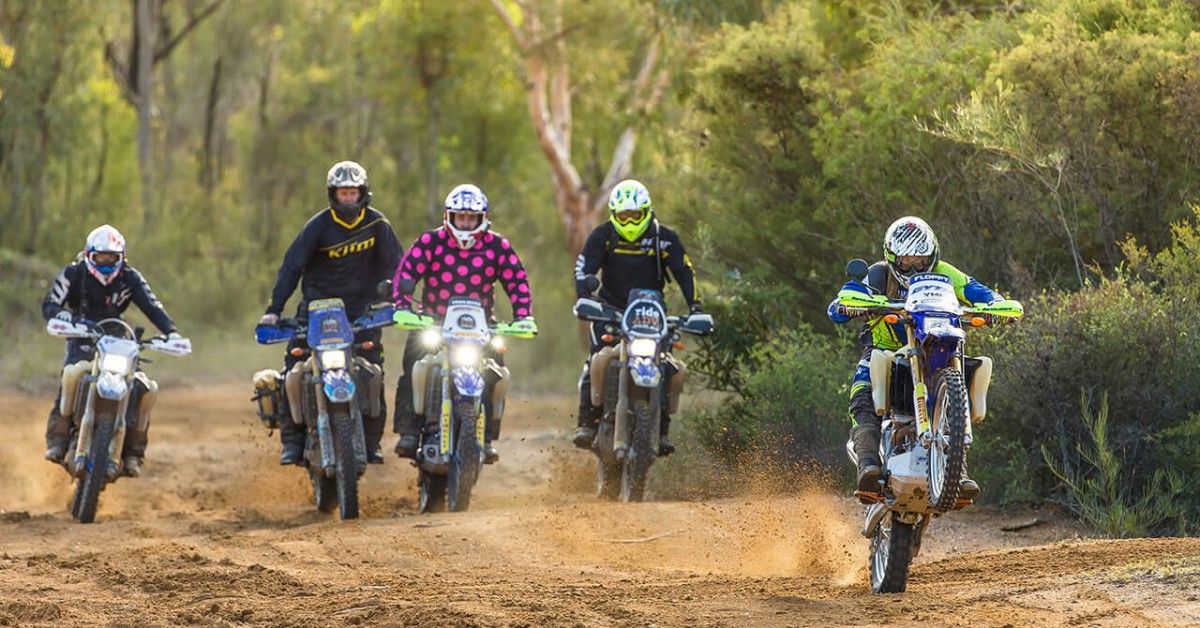Assistive steering on motorcycles is no new thing. Hydraulic steering dampers have been around on fast bikes for quite some time and in 2004 Honda even showcased an Electronic Steering Damper for the CBR1000RR that dynamically helped in steering assistance. So, what's the big deal with Yamaha's new power steering prototype? Well, for starters, it's completely electronic, with no hydraulic oil involved.
Called the Yamaha EPS Steering Support System, it consists of three major components - a control board, a detection coil, and a shaft. At slow speeds, it acts similar to the power steering assist we see in cars. But at high speeds, it switches character to a stubborn steering damper to help keep riders safe in dire situations like those involving tank-slappers.
This prototype unit is currently being tested on Yamaha motocross machines that will be part of All Japan Yamaha Factory Race Teams. The present and, most importantly, future applications for this tech are huge, and we are eager to see how Yamaha goes about with its power steering technology for motorcycles.
Yamaha's power steering prototype for its dirt bikes is an ambitious indicator of the future of autonomous motorcycles.
Working Of Yamaha's Power Steering System
This concept power steering system uses a magnetostrictive torque sensor like the ones used to detect pedal inputs on an electric bike. This will help sense the rotational dynamics of the handlebar as the detection coil is clamped on top of the steering head. It also comes with its own brain to adapt and decide the amount of torque to be applied either to increase the movement speed or resist it.
And this is why Yamaha's system differs from the generic dampers that we have seen till now. Based on the steering input, the compact helper can either smoothen out the motion or resist it and make things stable. So, at lower speeds, it acts just like the power steering we see in cars for easy maneuverability. But at high speeds, things stiffen up to provide added stability.
There have been prior instances of adjustable and even magento-controlled steering dampers, but Yamaha's EPS system distinguishes itself by being dynamically adaptive. And as we go along the development stage, we are sure that Yamaha will give its power steering system a learning curve with AI assistance.
This will help the unit adapt uniquely according to recurring rider inputs. According to Yamaha, this compact system will help "improve agility, reduce rider fatigue and more". This system wants to be as naturally intuitive as possible so that the rider doesn't feel induced by any means when it comes to controlling the bike.
Advantages Of The EPS System Over Conventional Dampers
While conventional dampers are monotone in nature, Yamaha's EPS system can change colors faster than a chameleon! The use-case scenarios are limitless. As software plays a major role here, it won't be resource-intensive to adapt this system to different types of motorcycles. And as it is a compact unit that mounts right onto the top of the triple clamp, the application also becomes a smooth affair.
The EPS puts a lot more on the table than the conventional hydraulic dampers. Oh! And there is no hydraulic oil involved too, it's completely electronic. Because of the software integration, one-size-fits-all is a thing here as the same package can work wonders on a dirt bike as well as a brawny cruiser. You needn't change the handlebar to adapt to the damper system here as the EPS' ECU will be adapted as per the rider's triangle of any given bike.
But things get more interesting when we look at the future. This system can become the base of a self-steering system for autonomous motorcycles. We have already seen Honda demonstrate its self-balancing NC750S. And Yamaha's EPS system might be the filling piece of that puzzle for a viable autonomous future for motorcycles. The use-cases are limitless like auto-park features and hands-free cruise control.
Yamaha Is Taking Its Prototype Tech Dirt Racing
Yamaha is testing this EPS system with two dirt-bike riding classes by slapping it onto two of its dirt bikes - the YZF450FM and YZ250F and will put it to the ultimate test at the 2022 All Japan Motocross Championship.
Motocross races have the most amount of unpredictability and are the perfect test-base to put this system to the test. The data will help improve this setup further on. Eventually, Yamaha can use its EPS system to improve the comfort and cruising capabilities of the various tarmac machines including commuters and sports tourers.
Sources: Global.yamaha-motor.com, Newatlas.com, Rideapart.com, Motocrossactionmag.com

